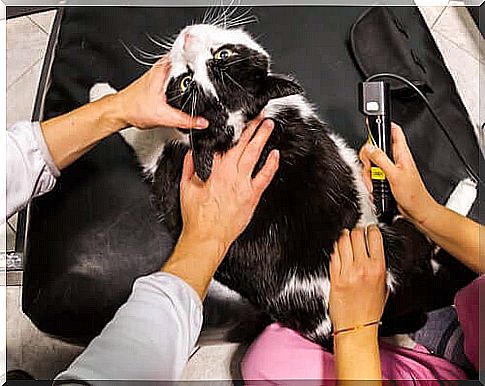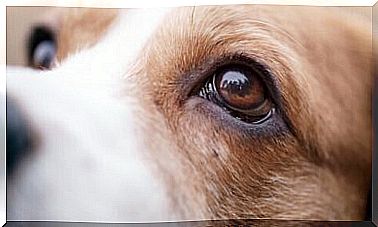Laser Therapy For Pets

The use of laser therapy for pets in small animal clinics has increased in recent years with the aim of treating different diseases, mainly in dogs and cats.
Although we find out more about the different benefits of laser as a complementary treatment each day, it’s not very true. This is mainly because knowledge comes from experience.
From the scientific point of view on which veterinary medicine is based, information in the literature is scarce and old, as the data is more than 10 years old. What we currently know about laser therapy comes from studies carried out in the laboratory or in humans, from an almost subjective point of view.
However, not everything is that way, and some animal studies show that this treatment is effective or, at least, facilitates the cure of certain diseases.
Due to the lack of observations and objective studies based on scientific evidence, the true value of laser therapy for pets is not yet known. However, let’s tell you all about its different applications and effects.
What is laser therapy for pets?
The word laser is an acronym from English that means light amplification by stimulated emission of radiation. This type of concentrated light has the ability to be absorbed by the different tissues of an organism. Thus, it causes photothermal and photochemical reactions that can be beneficial from a therapeutic point of view.
For rehabilitation therapy, a low-power laser is used. Thus, we differentiate its use from high-powered surgical lasers, which aim to destroy tissues and cells in a controlled manner.
Currently, the exact interaction between tissues and laser is unknown, due, as we have said, to the scarcity of scientific studies. However, it has been shown that it does cause change.

Diseases in which laser therapy is applied
First, to understand why laser is only used for certain diseases, we must understand how this therapy works on the body:
Biologically, the photons emitted by the laser are absorbed by the tissue, which causes an increase in adenosine triphosphate or ATP, an essential molecule for obtaining cellular energy. This production of ATP alters cell metabolism and, in addition, can also act as a neurotransmitter. In this way:
- Laser therapy can help relieve pain.
- Accelerates tissue repair and cell growth.
- It appears to stimulate the creation of stem cells.
- It has anti-inflammatory effects.
Laser therapy to improve osteoarthritis
Some of the most common chronic diseases in dogs and cats are those that involve the joints, causing the animals to have inflammation, a lot of pain and difficulty in getting around. In these cases, in addition to the usual treatments with chondroprotectors and diets aimed at weight loss, it seems that the use of laser therapy improves the process.
In studies conducted with rats under laboratory conditions, the laser reduced the swelling formed in the joint and decreased pain remarkably. However, in research done with humans, there seems to be no improvement.
Tendon and ligament injuries
Although the use of laser therapy in people with tendon and ligament problems or injuries is very widespread, it appears that there is some improvement in only 50% of cases. This use of laser is also applied to pets because, although the number of animals with positive results is similar to that found in humans, this is enough to try.
Pain and inflammation control
Although we don’t know how this happens, there is some evidence that laser therapy works to improve the pain condition in pets. It appears that, through interactions with pain receptors, the laser can decrease their sensitivity and thus lessen the painful sensation. Likewise, the laser could have effects on neurons that control vasoconstriction and thus mediate inflammatory processes.

When is laser recommended for pets?
Laser therapy can be recommended in almost all cases. However, it is usually applied in cases where the usual treatment cannot be applied or does not work :
- Animals with rare diseases.
- Animals with liver problems that cannot take certain medications.
- Cats that cannot take pain relief medications.
- Exotic pets that, due to their low body weight, cannot receive the medications.
- Pets with old age and multiple pathologies.
Laser therapy is very safe as long as it is administered correctly, that is, with a number of sessions tailored to the patient and configured by a veterinarian who is used to performing these alternative therapies.
Despite the lack of scientific evidence, in certain situations, it is worth trying other options, such as laser.








